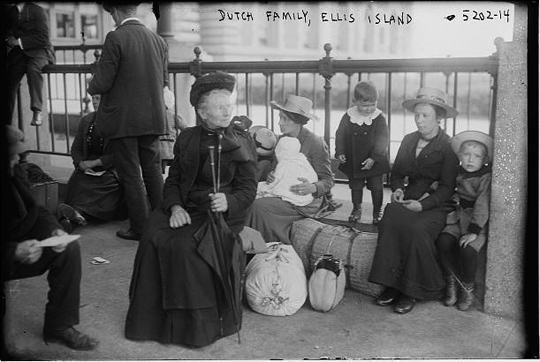• If one member of a family was rejected, then it was up to the family to decide if they wanted to proceed into America or go back home.
• If the husband or the head of the household was rejected then the entire family would usually go home since the husband was generally the main breadwinner.
• If the mother or one of the daughters was rejected then often the family would split up with the rejected person going home and the rest of the family staying in America.
• Sometimes, another family member would accompany the rejected person back home.
•The number of immigrants who ultimately went home was higher than the official 2% rejection rate would suggest.

• Often, families did not travel to America together. Be aware of this when looking for records. The more common pattern was for the husband (the main bread winner) to go to America a year or two before the rest of the family. The husband would get a job, get established and then earn enough money to pay for the passage of his wife and children.
• A variation of this might be an uncle, a brother or another relative (they were usually male) who arrived before the rest of the extended family.
• When looking for immigration records on Ellis Island, always check for other relatives +/- 3 years from the date when you find a record for one of the family members.


• A common misconception is that immigration officers changed or anglicised immigrants’ names. This did not happen. Many immigrants had their names changed, but it was not due to immigration officials. Instead, it was the responsibility of the officers aboard the ships that brought the immigrants to America to prepare the immigration documents. Many of these officers made mistakes in the immigration forms, particularly with the spelling of names. Some of the ship officers were also simply lazy.
• For example, consider an immigrant with the name like “Papadopoulos”. The ship officers would sometimes write down an abbreviated name like “Papa” instead of spelling out the entire name. Be aware of this type of error when looking through Ellis Island records. It is more common than you might think.

